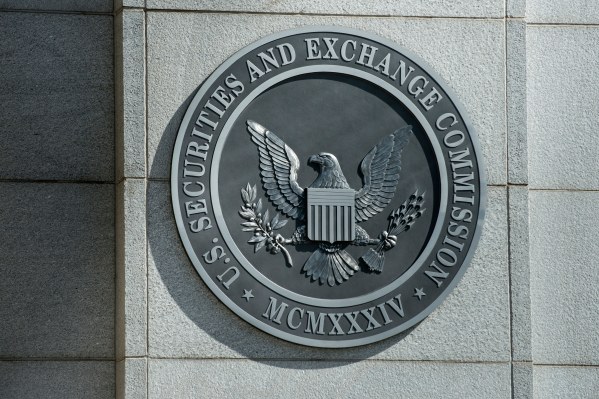The Justice Department and SEC are investigating the stock sales that officers of Silicon Valley Bank made days before the bank failed, according to both the WSJ and the NYTimes. The probes are reportedly in their preliminary phase. Both outlets note that it’s common to investigate prearranged stock selling plans when the sales take place shortly before releasing news that could have an adverse impact on a company’s share price.
The agencies’ apparent focus for now are on securities filings that show the bank’s CEO of 12 years, Greg Becker, and its CFO, Daniel Beck, who joined the outfit nearly six years ago from Bank of the West, sold shares two weeks ago ahead of the bank’s abrupt collapse.
Becker exercised options on 12,451 shares on Feb. 27 and sold them the same day, netting roughly $3 million. Beck sold roughly one-third of his holdings in the company, $575,000 worth of shares, on the same day.
The sales were conducted via 10b5-1 plans, which allow insiders of publicly traded corporations to set up a trading plan for selling stocks they own by establishing a predetermined number of shares to be sold at a predetermined time. The laws around such plans, established by the SEC in 2000, are intended to keep insiders from unfairly profiting from important corporate information that was not yet public.
While the probes may not lead to allegations of insider trading, one possible problem for both Becker and Beck ties to the proposed capital raise that SVB announced last Wednesday — the same release that set investors on edge, leading many to begin moving their money out of the bank.
As Dan Taylor, a Wharton professor who studies corporate trading disclosures, told Bloomberg last week: “While Becker may not have anticipated the bank run on Jan. 26 when he adopted the plan, the capital raise is material . . .If they were in discussion for a capital raise at the time [their stock-sale plans] was adopted, that is highly problematic.”
Becker also made at least one appearance between the time that plans for his stock sale were put in place and the bank’s implosion.
According to the WSJ, at a conference early last week, he talked optimistically about the bank’s business, reportedly telling attendees: “You can look at agtech, you can look at fintech, you can look at clean tech, you can look at medtech, personalized medicine . . .You literally go across the entire stack. There’s exciting things in every single category.”
The WSJ reports that Beck spoke at a different conference in February where he said the bank was not at risk of being too concentrated around smaller tech outfits.
Either way, it’s worth noting that the stock sales were not extraordinary by the recent standards of executive behavior inside of SVB, even if outsiders and employees of the bank find them somewhat shocking in light of recent events.
According to Smart Insider, a U.K.-based outfit that analyzes share transactions made by directors and senior employees in their own company, Becker cashed out roughly nearly $30 million worth of shares altogether over the last two years alone.
SVB executives and directors — including Becker’s stock sales — cashed out $84 million worth of stock over the same period, according to Smart Insider data first cited by CNBC.
Beck and Becker were both dismissed from their roles on Friday.
The FDIC sought out a buyer for the business over the weekend without success, though the outfit’s U.K. business was sold separately to the the U.K. subsidiary of HSBC Holdings on Monday morning for £1. (HSBC disclosed plans today to inject £2 billion of liquidity into the division.)
The FDIC is now reportedly planning another auction, per the WSJ.
In the interim, it has installed CEO Tim Mayopoulos, a former CEO of Fannie Mae who said on a Zoom call today with some of the bank’s constituents that he hopes to keep much of the bank’s existing management together.
In December, the SEC adopted amendments to Rule 10b5-1, including restricting the use of multiple, overlapping trading plans. The final rules “aim to strengthen investor protections concerning insider trading and to help shareholders understand when and how insiders are trading in securities for which they may at times have material nonpublic information,” per a press release by the agency.
